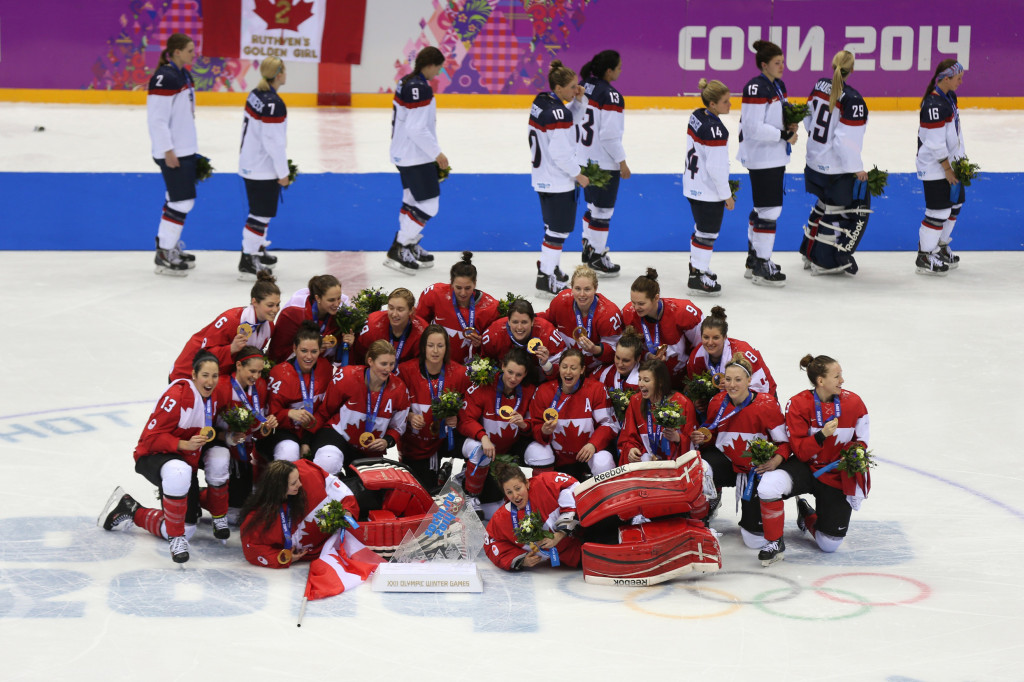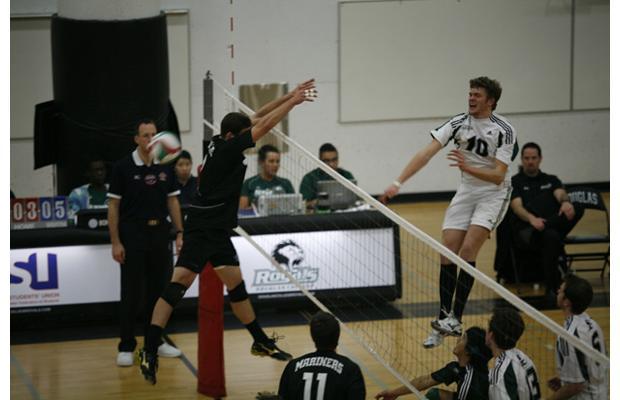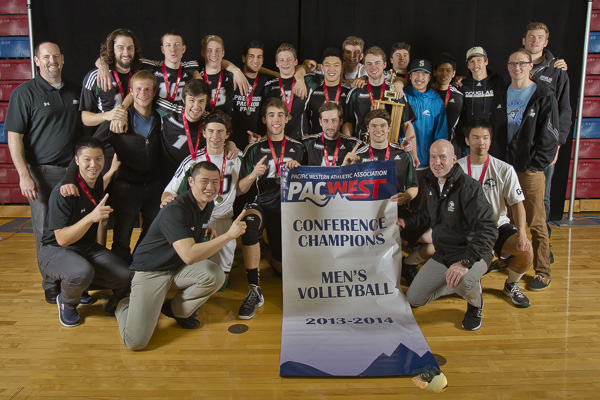
Canada’s sport, from the Great Lakes to Vancouver Island
By Greg Waldock, Staff Writer
Despite being considerably less popular than hockey, lacrosse has somehow become a part of Canada’s national identity. The refrain “technically lacrosse is our national sport, not hockey” is a cliché passed down the ages, even though it’s never been the full official national sport. But how did this strange game become such a core part of the culture, and why is it so important to Canadians?
The history of lacrosse is one that starts before Canada does, and takes a long route to where it is now. Though it was designated as our official summer sport in 1994, it has unofficially been the iconic Canadian game for much longer. In many ways lacrosse has been a summary of our history. It started as a game among Indigenous tribes around the Great Lakes. It existed in different forms between different Haudenosaunee groups who called it baggataway or tewaarathon, depending on who you asked and what variation they were playing. After the American Revolution and the forced migrations of Haudenosaunee people up the St. Lawrence River, it seems to have been picked up by local French Canadians and adopted as a sort of “common man sport.”
By the mid-1800s it was regularly played across what is now Quebec and Ontario, enough for its first formal leagues to form and lacrosse to become a Canada-wide sensation. William George Beers, a Montreal dentist, wrote down the first rules for lacrosse and began to campaign for its status as national sport. When Canada turned from a colony to a Dominion, he claimed that Parliament made lacrosse the official game despite no record of Parliament doing so. Regardless, the rumour spread and some of it has stuck to the current day. Beers remained a passionate supporter of lacrosse until the day he died. By that point, lacrosse had formal teams, a founding father, a fake status as the official sport of the Dominion, and had begun drawing massive amounts of spectators. There was only one thing the game wasn’t ready for: The Irish Catholics.
It’s important to remember that Canada in the late 1800s was not the Canada we live in today. The Catholic/Protestant and Irish/English/French divide ran deep and bloody. Given that, it’s no surprise that when the Montreal Shamrocks entered the league in 1870s, they would be fighting a little more personally and roughly against teams with names like “Protestant Montreal.” The Shamrocks shook up the league for over a decade, drawing in spectators with their violent clashes in the game and controversial attitude outside.
The late 1800s were lacrosse’s halcyon days. This is the time during which the sport became engrained into Canadian identity. It spread by settlers moving across the west and, by the turn of the century, it was one of the few things that unified Canadians from Halifax to Victoria. Though the professional leagues would collapse by World War I and its fanbase diminished over the next century, lacrosse would remain a major influence on the sport cultures that would follow. It experienced a resurgence in the early 2000s and today grows as its Indigenous history is increasingly recognized and its importance to Canada is remembered.


